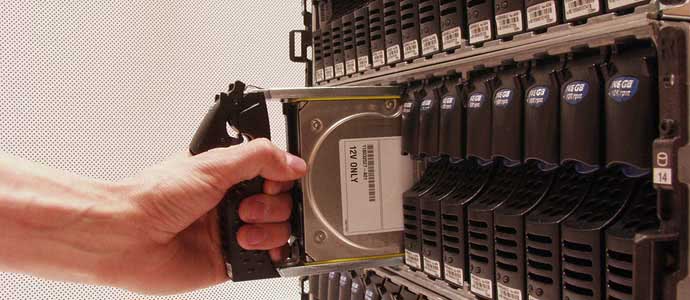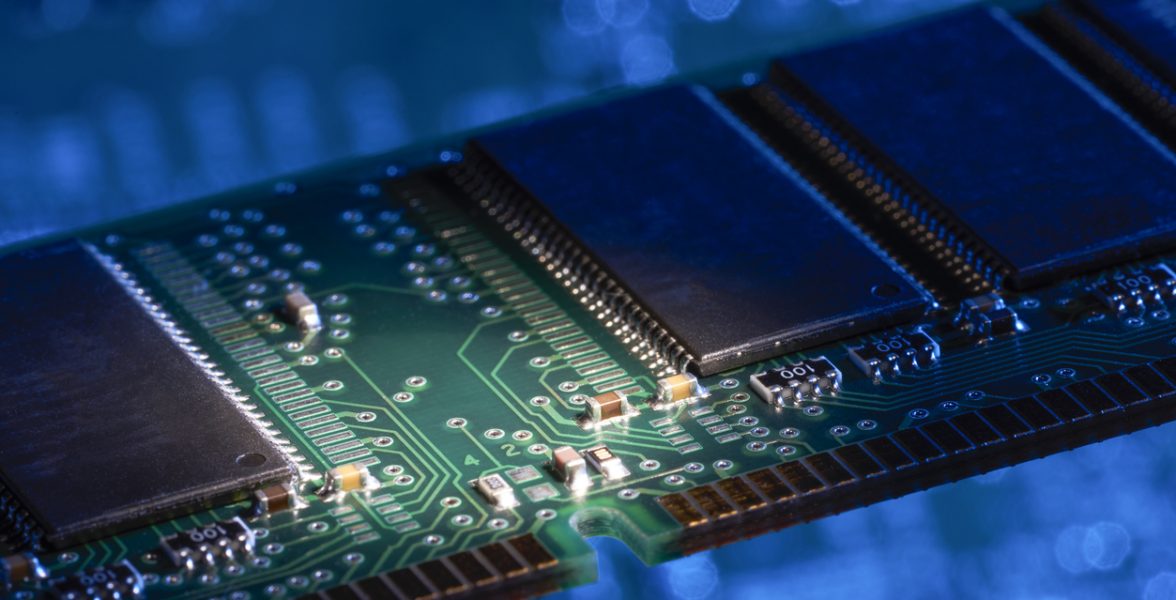We recover data from any RAID configuration. No matter what type of array, we treat each case as a priority and have an over 96% success rate in RAID data recovery.
Why People Choose RAID
A RAID uses multiple disks to increase storage capacity for systems and have a redundant way to store data. Information is stored in different places on multiple hard disks which gives it fault tolerance to survive one or many disk failures. Individuals and businesses flock to this technology as they believe it is the safest way to store their critical files.
Unfortunately, RAID arrays are still susceptible to data loss.The distribution method of data among the disks and mechanical nature of the disks make them vulnerable to failure. In some cases, their resiliency works against them as one failed disk may go undetected before the rest of the disks begin to fail.
Causes of RAID Failure
While RAID configurations have higher redundancy and fault tolerance, in many cases, one disk failure can affect the entire configuration. Your array can experience data loss due to a variety of scenarios. Common types of RAID failures include:
- Inadvertent data deletion
- Formatted Partitions
- Virus Infection
- File System Corruption
- Controller Failure
- Incorrect RAID rebuilds
- Single or Multiple Drive Failures
- Power Surge
A Certified RAID Repair Company
My Motherboards Inc. knows that unexpected RAID failures cause stress and downtime for your business.
We work with all RAID system manufacturers and perform secure in-lab recovery. Our company operates in clean box that limits the amount of dust particles to offer the best possible environment for a recovery.
Advantages to our recovery services include:
- Decades-experienced RAID Specialists
- Dedicated RAID Recovery Laboratory
- Fastest Turnaround times and 24/7 Emergency Services
- No Data, No Recovery Fee Guarantee
Our secure recovery process begins with a free diagnostic review of your RAID (HDD/SSD). Engineers then make an image of the disks and scan and analyze the file system, RAID, and SAN metadata.
After a quote is given and approved, engineers will repair damaged RAID members and image them to work from a copy of the media so the device stays in its original state. They will then perform RAID assembly, SAN assembly, file system repair, or database repair (SQL, Exchange, Oracle, etc.) if needed. We will then extract the data and send it back to clients on secure storage media upon request.






